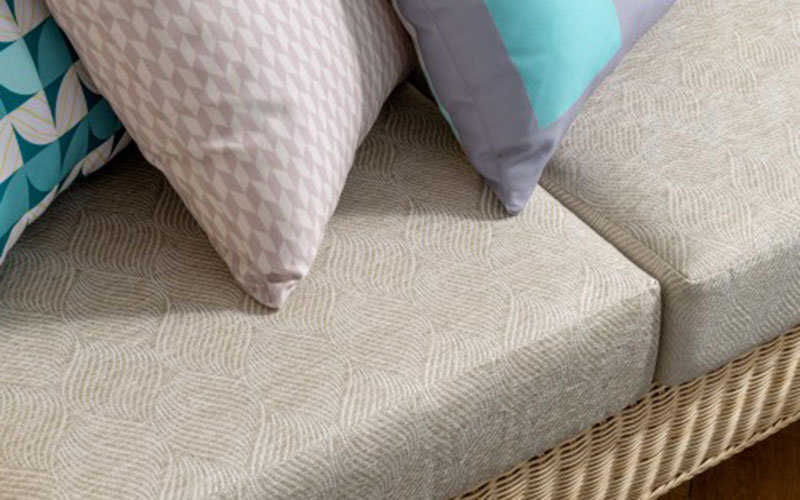The Significance of Aftercare in Furniture Maintenance
While selecting high-quality furniture is essential, proper aftercare is equally important in ensuring its longevity and continued beauty.
In this article, we will emphasise the importance of aftercare in furniture maintenance and discuss the essential practices that should be followed to preserve and prolong the life of your furniture.

Preserving Your Investment
Furniture is a significant investment, and proper aftercare is the key to safeguarding that investment. By taking care of your furniture, you can extend its lifespan, ensuring that it remains functional and aesthetically pleasing for years to come.
Routine Cleaning
Regular cleaning is a fundamental aspect of furniture maintenance. Here are some guidelines to follow:
- Dust Removal: Dust your furniture regularly using a soft, lint-free cloth or a duster. This prevents dust and dirt from accumulating, which can lead to scratches and abrasions over time.
- Spot Cleaning: Attend to spills and stains promptly to prevent them from becoming permanent. Blot the affected area with a clean, dry cloth or use a recommended cleaning solution for your furniture type.
- Fabric Care: If your furniture is upholstered, follow the care instructions provided by the manufacturer. Some fabrics may require regular vacuuming or professional cleaning.
Protection from Sunlight
Direct sunlight can cause fading and discolouration of furniture, especially for wooden and upholstered pieces. To protect your furniture from sunlight damage:
- Use Window Coverings: Install curtains, blinds, or UV-resistant window films to limit the amount of direct sunlight that reaches your furniture.
- Rotate and Rearrange: Periodically rotate and rearrange your furniture to ensure even exposure to light and prevent uneven fading.
Upholstery Care
For upholstered furniture, it’s essential to follow specific care practices:
- Regular Fluffing: Cushions and pillows on sofas and chairs should be regularly fluffed and rotated to maintain their shape and support.
- Vacuuming: Use a vacuum cleaner with a brush attachment to remove dust and debris from upholstery. This prevents dirt from grinding into the fabric.
Wood and Metal Maintenance
Wooden and metal furniture require special attention:
- Polishing: Wooden furniture may benefit from periodic polishing to maintain its lustre and protect the surface. Use a polish recommended for your specific wood type.
- Metal Care: Metal furniture can be susceptible to rust. Regularly inspect for signs of rust, and if found, remove it promptly using appropriate rust-removing products and touch-up paint.
Avoiding Damage
Preventing damage is as important as cleaning and maintenance:
- Use Coasters and Placemats: Place coasters under glasses and use placemats under dishes to prevent heat, moisture, and scratches on wooden surfaces.
- Lift, Don’t Drag: When moving furniture, lift it instead of dragging it to avoid damaging the legs or scratching the floor.
Professional Care
For more extensive cleaning or repairs, consider professional furniture maintenance services. Upholstery cleaning, wood restoration, and metal refinishing services can help breathe new life into your furniture.
In conclusion, the importance of aftercare in furniture maintenance cannot be overstated. By adopting regular cleaning practices, protecting your furniture from sunlight and damage, and seeking professional help when necessary, you can ensure that your investment in quality furniture continues to enhance your living space for years to come. Proper aftercare is the key to preserving the beauty and functionality of your furniture.